Everything you need to know about TVs

In this article, we'll go over everything there is to know about TVs and how to choose the right one for your home. Attention should be paid to the characteristic and circuit, modern flat-screen models and other types. Equally important is what video and audio formats TVs support, and what models are offered by current manufacturers.


Origin story
It is impossible to say exactly and unambiguously who exactly and when invented the TV. After all, it was a very complex invention that required the work of many physicists, engineers and enthusiasts for decades. Every industrialized nation has its own version of television history. But one thing is certain: the first television sets, which in an extremely general form look the same as modern ones, appeared in the 1930s. The most important role in their creation was played by the improvement of vacuum technology and radio equipment.
A black-and-white television with a mechanical scan of the image was presented in our country on October 1, 1931, on the same day a test transmission took place. At the same time, the photoelectric effect underlying the kinescope was known at that time for over 40 years, and homemade CRTs appeared in laboratories in the 1900s.
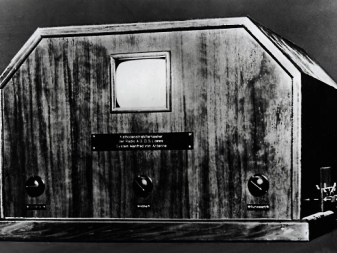
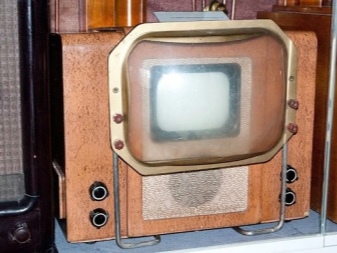
The mechanical prototype of the TV in general was presented by Paul Nipkov in the immensely distant already 1884. Many receivers were created on the basis of the Nipkov disk until the end of the 1920s. However, the qualitative leap was only possible thanks to the tube that guides the electron beams. CRT-based TVs have been around for decades. Color broadcasting and video recorders, remote controllers, even game consoles appeared, and the kinescope did not give up its positions for a long time. In the 1980s, the first liquid crystal television sets were created, but they became somewhat widespread in the 1990s.
The last 30 years have been marked by such innovations as the transition to digital technologies, the emergence of teletext and multimedia capabilities, Internet connectivity, and the proliferation of plasma screens. Undoubtedly, the development of television will continue.
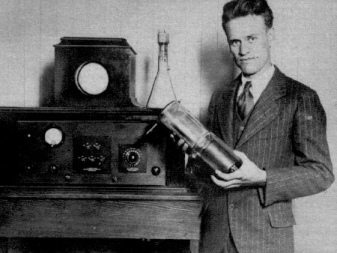
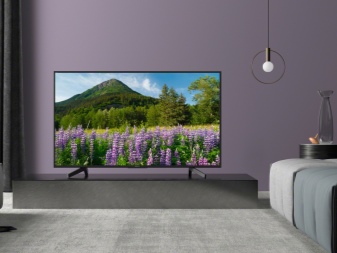
Main characteristics
Regardless of the scheme of the device of a particular TV set and its element base, the brightness of the screen plays a huge role in additional capabilities. It doesn't matter if it's a movie or a video game, a theatrical performance or live news, a tuning table even - only a bright picture will do its job. But the intensity of the glow must be regulated within wide limits, so that it can be adjusted to specific lighting conditions. The best option is from 250 to 500 cd per 1 m2.
The viewing angles do not really matter in principle. In all modern models, the difference between them is very small. You should also pay attention to:
- general resolution;
- number of non-working pixels;
- the ability to connect external devices;
- the time it takes for the screen to respond;
- working diagonal (determining not only the size of the picture, but also the ease of use in a particular room);
- image contrast;
- playable file formats.
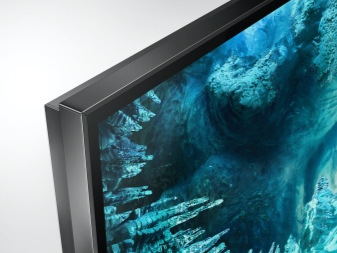
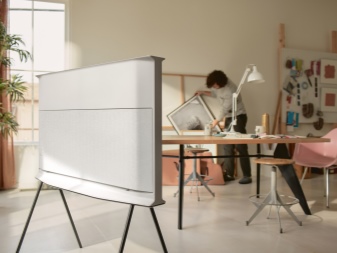
Species overview
All TVs are divided into types depending on certain parameters.
By imaging technology
The oldest TVs are CRT-based. They have already been completely superseded by liquid crystal and more modern models. However, in some places in homes such devices still remain. They serve for a long time, give a wide view, display high-quality color and black-and-white images.At the same time, the kinescope weighs a lot and takes up a fair amount of space, does not allow to implement many functions and receive a digital signal.
Sometimes there are also projection TVs. They were the first in the industry to have screens up to 80 inches. They have three multi-colored lamps behind the display. A sophisticated system of lenses and mirrors is responsible for folding the picture. Projection technology reduces current consumption, however, it causes strong heating during operation, and makes the structure heavier.
These TVs have not worked for more than 10 years and have only limited viewing angles.
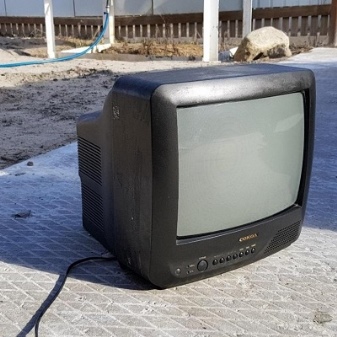
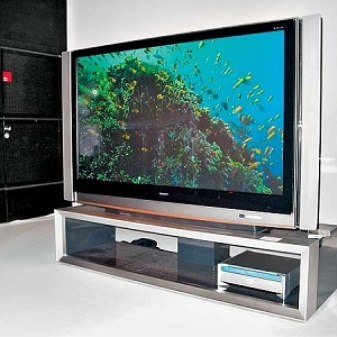
Plasma TV became the next development step. In this group, there are already flat and thin, even acceptable for wall installations, models. The main principle is the controlled glow of small voids filled with inert gases. The color rendering of the "plasma" is very good, and there are few image artifacts, the brightness of the picture pleases, as well as the possibility of operation for up to 30 years. However, such a screen suffers greatly from shocks and pressure, does not allow to issue resolutions higher than HD, and its repair is expensive.
Liquid crystal screens mean backlighting with fluorescent lamps, or, in a more modern version, LEDs. Basic properties:
- zero flicker;
- no restrictions on permission;
- good color rendering;
- long service matrices;
- lightness and variety of diagonals;
- comparatively poor black output;
- dependence of image quality on the frame replacement rate.
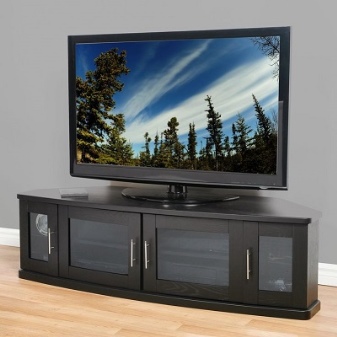
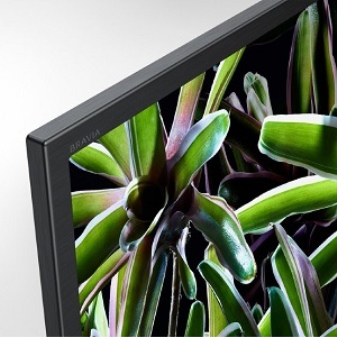
By type of screen backlight
Direct backlighting Direct LED, and in LG terminology since 2018 - FALD - implies an even distribution of LEDs along the back plane of the screen. Light loss at the edges with this technology is reduced. Local dims are shown more clearly in comparison to the background. But it is impossible to accurately position the dark area, and in addition, a strong halo effect appears.
The improved version of the FALD is not used in budget models. The LEDs are clearly divided into dimming zones. The more such zones and the diodes themselves, the higher the performance. There will definitely not be any flare at the edges. However, power consumption is increasing, and the matrix has to be thickened, alternatives are Edge LED and OLED (the most modern technology).

By the nature of the sound
Traditionally, televisions have been equipped with monaural speakers. But in modern conditions, when using large screens of high definition, stereo sound is most justified. Its demand is especially high in high-definition television with fast frame rates. The most advanced models have surround sound. It is performed both in analog and digital circuits.
It is also important what video format a particular TV receiver supports. For VCD reproduction you need MPEG1 standard. With MPEG-2, you can play DVDs and process digital recordings. The most modern option is MPEG-4. There are also H. 264, Xvid, DivX, HEVC and a number of other formats.
Almost any modern TV can be connected wirelessly to the Internet and gadgets, and can also be used as a game console.
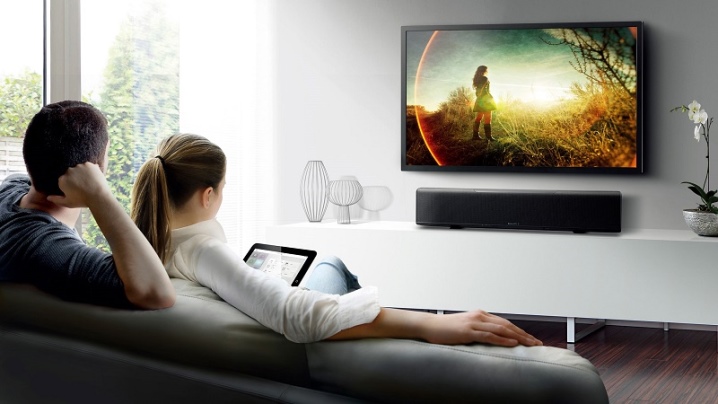
Accessories
Among them, there are purely decorative additions, first of all, frames on the wall (in the form of paintings, black panels, boxes, and so on). It is convenient to mask protruding wires behind such frames. To connect to a terrestrial antenna (both indoor and general), you need to use a plug. Noteworthy additional accessories:
- 3D glasses;
- external hard drives;
- brackets for wall fixing;
- adapters for Wi-Fi connection;
- soundbars;
- media players;
- webcams.
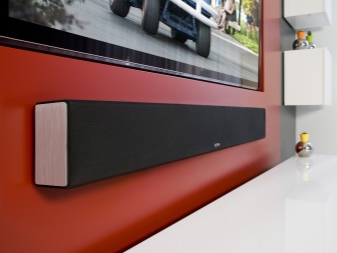
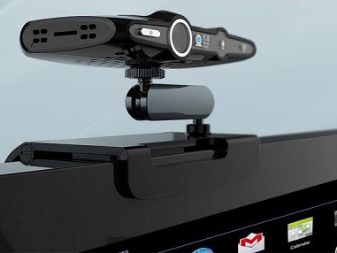
Popular models
Modern manufacturers regularly replenish the range of TVs with new products, and it is useful to familiarize yourself with these versions. And it is appropriate to start the review with the product German company TELEFUNKEN - TF-LED24S75T2... On a 60-centimeter screen, a 16 to 9 picture is formed. This model is equipped with all the necessary infrastructure for a variety of connections.The picture resolution reaches 1366x768 pixels, which is quite enough in most apartments and private houses.
Additionally worth noting:
- NICAM level stereo sound;
- receiving up to 100 analog and up to 500 digital channels;
- progressive scan;
- USB support (including playback of recorded files);
- display response in a maximum of 10 ms.
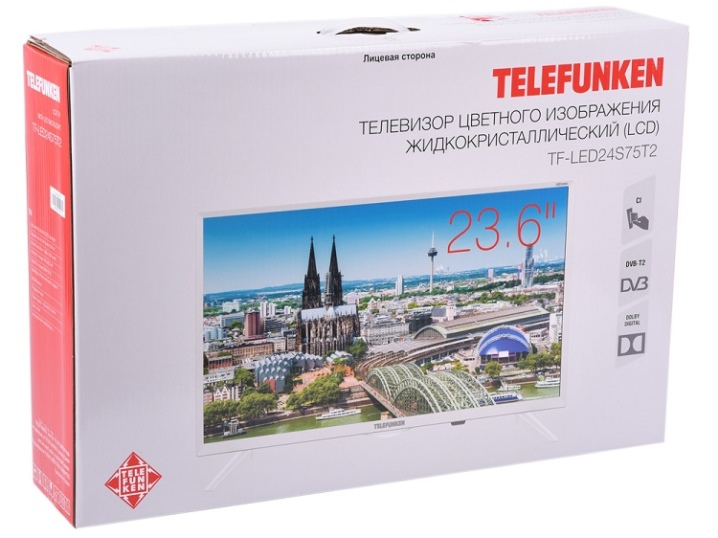
Lovers of expensive equipment from well-established manufacturers should pay attention to offers from Sony... The real breakthrough novelty is the ZH8, which supports 8K picture quality. The model supports high dynamic range. The large screen provides a fully immersive experience. It also achieves this with a sophisticated latest generation speaker system.
Important parameters:
- catchy appearance;
- rejection of the expensive Master Drive frame;
- exceptional color quality.
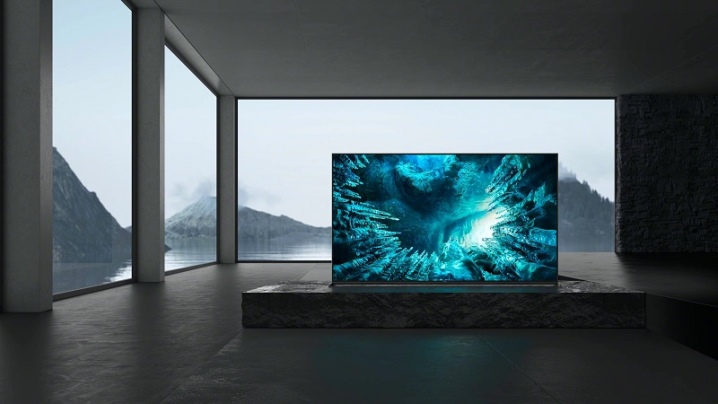
Korean competitors, however, are also trying not to concede. Newest product from Samsung - The Serif with a screen diagonal of 55 inches. The developers claim that this TV not only has excellent technical characteristics, but also transforms the environment. The description mentions the smart sync option. It should also be noted:
- a quantum processor of the level of 4K;
- extended dynamic range of generation 10+;
- the number of points 3840x2160;
- Motion Rate 200;
- fully adjustable HLG;
- proprietary contrast enhancement technology.
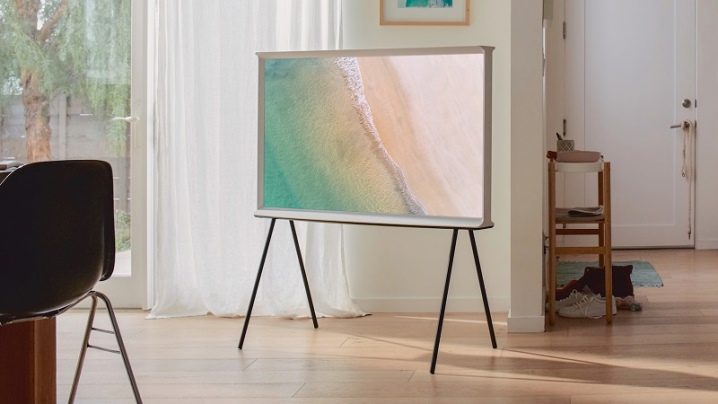
The 50PUS6262 / 60 is becoming more and more popular among Phillips enthusiasts. This is a particularly slim LED TV receiver. 2-sided Ambilight is supported by design. DVB T / C / T2 / T2-HD / S / S2 formats are fully supported. The original open stand gives the product a feeling of weightlessness.
Technical properties:
- screen brightness - 350 candels;
- brightness ratio up to 65%;
- SimplyShare technology;
- option "TV on demand";
- full access to Youtube;
- the ability to update the software environment both via USB and the Internet;
- RMS sound power up to 20 W.
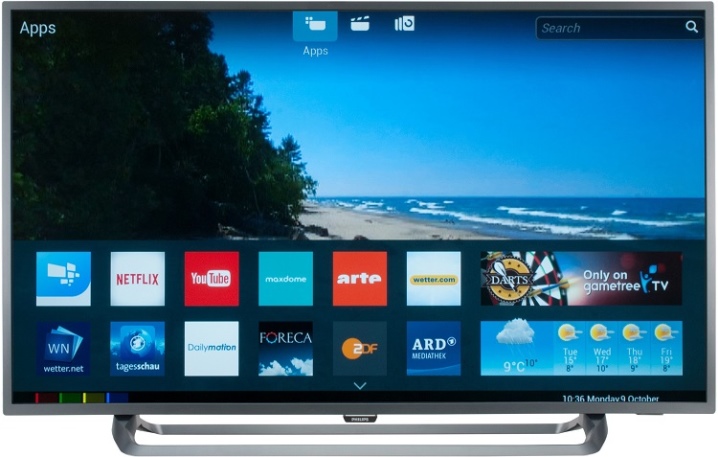
But the products of second-tier manufacturers may not be any worse! For example, Sharp offers the 8M-B80AX1E, confidently supporting 4K and even 8K images. The brightness of the image is from 800 cd per 1 m2. In the most powerful mode, it rises to 4000 cd per 1 m2. Dynamic range supports the optional HLG / PQ technology option.
Also worth noting:
- advanced technology of color rendering Wide Color Technology;
- 2 speakers of 20 W each;
- control over LAN;
- minijack connector.
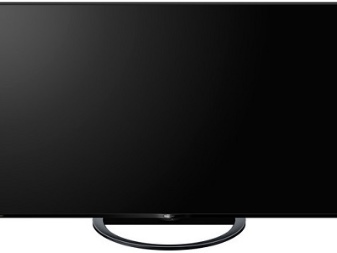
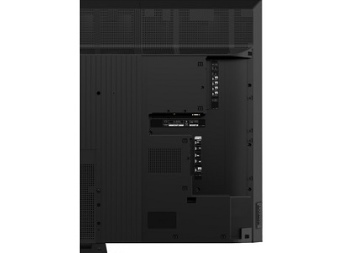
A manufacturer like "Horizon", also continues to delight consumers with new products. A striking example of this is 32LE7162D. This device fully complies with the criteria usually set for a Smart TV. The receiving node operates according to DVB-T, DVB-T2, DVB-C standards. The contrast ratio reaches 1200 to 1.
The display responds in 8 ms. The size of the visible area of the monitor is 120.9x68 cm. Ethernet and Wi-Fi are supported. Files of types 3GP, FLV, VOB, AVI, TS are played. Alas, YPbPr and SCART are absent, but there is an Earphone and a coaxial output.
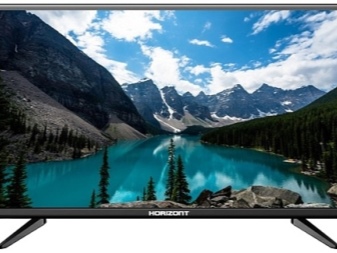
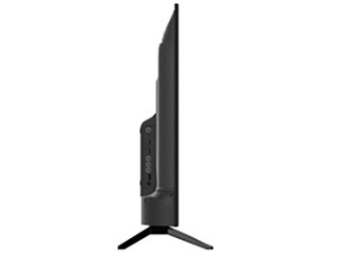
If you need a TV that is very small by modern standards, then you should pay attention to the 16-inch version. H16B3000C from Dexp... The Edge LED screen performs very well. HDTV is supported, but due to the limited diagonal is limited to 720p. The brightness of 200 cd and the contrast of 1200 to 1 cannot be called a record, but the TV still fulfills its task. There is no Wi-Fi, and the sound power is 6W. General characteristics say that this model is for the most undemanding buyers.
The Turkish manufacturer Vestel also deserves attention. In particular, the 40FD7000T modification occupies a very good position. It is capable of delivering 4K picture and supports full Smart TV mode. The dual-core processor delivers undeniably high-quality images to the D-LED panel.
Even playback of ASF, MOV, DAT, MKV, FLP files is supported.
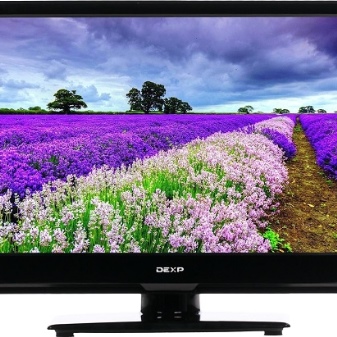
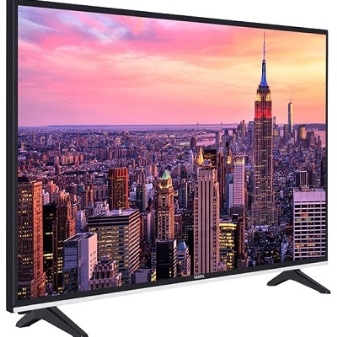
If the 40-inch screen seems redundant, you can opt for models 24HD5100T... It is fully compatible with the HDTV broadcast standard. The single-core processor generates a solid picture of 1366x768 pixels. All the same file formats are supported as in the previous sample, as well as auto channel search, 2 HDMI inputs, coaxial audio output, USB recorder. Experts also note the EPG option.
Of the conditionally domestic models, you can pay attention to POLARLINE 20PL12TC... The TV supports sound level Dolby AC3 as well as NICAM STEREO. To record digital signals, the USB PVR and TimeShift protocols are used. The device supports picture resolutions up to 1080p and widescreen broadcasts (at least 20 to 9). It is possible to receive signals at frequencies from approximately 48 to 863 MHz.
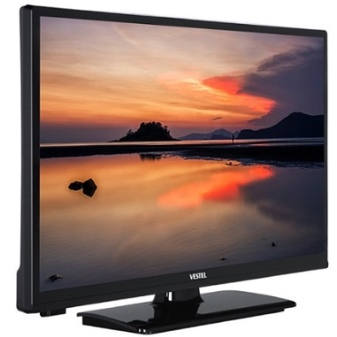

Some people will be more satisfied with the TV. Grundig FINE ARTS LED TV GR 46 GBI 7146... It refreshes the picture at 100 Hz. Supports recording to USB media. The contrast of the image is 5000: 1. The proprietary technology Motion Picture Improvement is used.
Loewe TV sets will love the exotic. The cheapest model now is bild 5.32 Graphite Gray. The manufacturer claims excellent sound, image and design quality. Delivery is only possible to order. Provides a 5.1 audio encoder, a remote control to control the entire home theater together, Bluetooth headphones and keyboard, DR + content transfer, time shift recording.
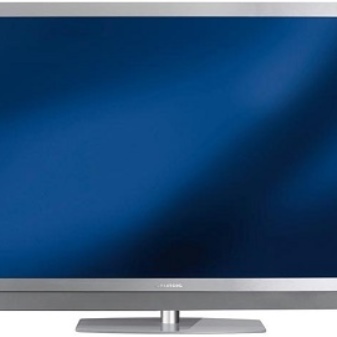
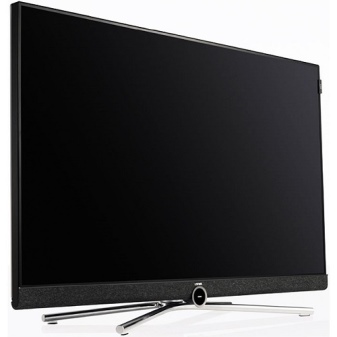
Even Hyundai makes TVs. Frameless 40-inch model H-LED40ES5108 Supports Android TV technology and Bluetooth and voice control. Both speakers deliver 8W, Dolby Digital, NICAM are supported. There are two antenna inputs, an RJ-45 port. The use of OS Android 9.0 is provided.
Finally, it is worth mentioning about model TCL L49S6400. Its main properties:
- HDTV, Smart TV, EPG;
- point response beyond 6.5 cm;
- variety of digital tuners;
- NTSC;
- 2 HDMI ports;
- weight 9.8 kg.
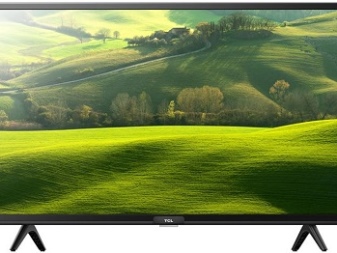
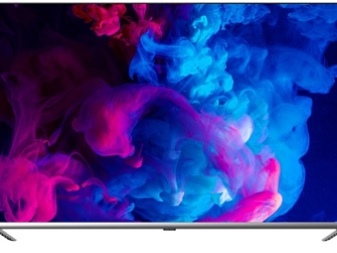
How to choose the right one?
Choosing a good TV for your home according to the parameters is not as difficult as it seems. And even to find out the opinion of experts is not too important - all the same, modern TV sets successfully cover the needs of 96% of users at least, and the remaining 4% know what they need. The general recommendations are extremely simple. To view the image in the kitchen, as well as for an ordinary busy person, you can purchase any inexpensive model.
But even video game enthusiasts don't really need particularly expensive samples. They are bought only when they want to show their high status. The electrical power of the TV can be safely neglected. But the resolution of the picture, its brightness and contrast are much more important.
In this case, you should not chase the large diagonal of the screen - its width should correspond to the size of the room, and the necessary advice will be readily given in any store or on the manufacturer's website.
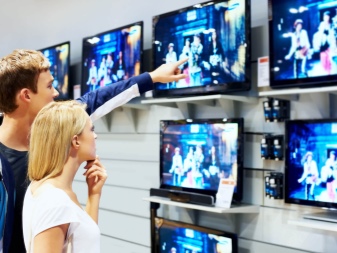
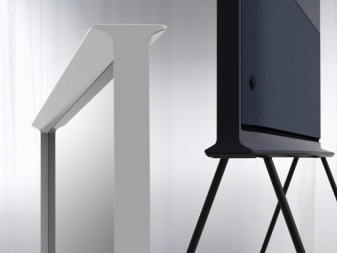
It is also necessary to take into account the resolution in terms of how much content there is. When choosing a TV in the bathroom, you should, first of all, pay attention to the resistance to moisture. Also, large size is not needed there. If the TV is selected to other rooms, you need to watch how it will be perceived in the interior. The presence of the HDR function is useful. However, it is not necessary for those who are going to limit themselves to air and cable broadcasting.
Additionally, you need to deal with:
- types of matrices;
- Smart TV mode;
- additional interfaces;
- number of USB sockets;
- sweep frequency (the higher the better).
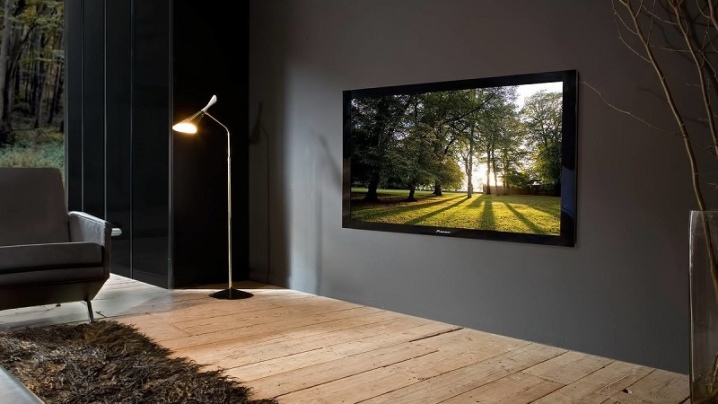
How to use?
Before turning on the TV, you must make sure that it is level and in a stable place, that it is well grounded. Sockets and all wires will also have to be grounded. If you already have an antenna, but it does not fit the connection format, you just need to add an adapter. Important: there are many such adapters, and they must be carefully selected. In the overwhelming majority of cases, users still use terrestrial television broadcasting, and therefore it is important to correctly assign the frequencies of television channels.
The problem is almost always solved automatically. But if the autosearch did not immediately give good results, you need to make a manual adjustment. The exact frequencies must be known in advance. You will have to connect a modem to access the Internet.
This connection is made either via USB or "over the air" (which is simpler and does not require cables to take up space).


Before starting any application and generally actively using the TV, you need to make sure that you really need it. Overloading the processor greatly reduces its resource and accelerates breakdown. In many cases, it is also useful to turn off subtitles, which can be very annoying. On LG TVs, the problem is solved by the menu item "show additional controls". For your information: if disconnection is not possible, this is a sign of either the obsolescence of the TV, or a virus attack.
When the TV hangs, you need to restart. This is usually done from the control panel, by turning it on and then turning it on from scratch. If this step does not help, you will have to disconnect the device from the network and then reconnect it. When this does not work, you will need the help of specialists. To broadcast a signal from your phone, you can use the WiFi-inKeOgong option, apply access via a shared Wi-Fi network, or by using a Chromecast.

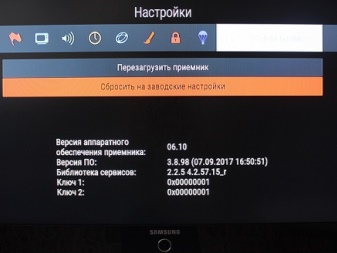
It is inappropriate to be closer than 3-4 diagonals from the screen. It is simply uncomfortable and even harmful to vision. Wipe the surface with a soft cloth only. Protect the device from moisture and contact with electromagnetic fields. All cables and plugs are inserted into the sockets strictly designated for them.
A few more recommendations:
- avoid exposure to direct sunlight;
- put the TV as far away from heating appliances as possible;
- regularly check the strength of the wall mounts;
- use surge protectors and stabilizers;
- do not change the settings, the meaning of which is not clear.
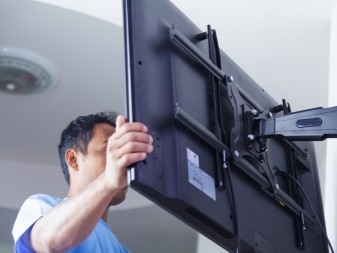
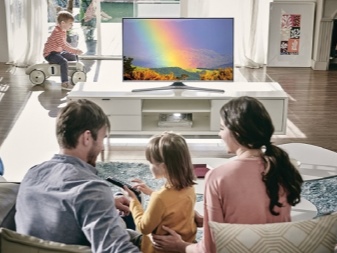
Possible malfunctions
If a horizontal streak appears on the TV, it may be due to:
- overloading the device (long continuous views);
- clogging of the video signal transmission cable;
- problems with settings;
- failure of the matrix;
- software glitches.
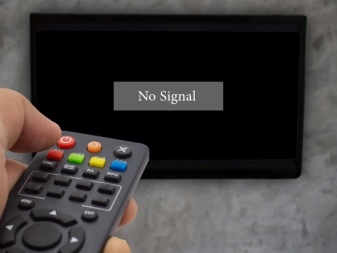

Very often, a Warning LNB Short message is displayed on the screen. This error does not allow you to tune TV channels and, accordingly, view them. It stands for "short circuit on the receiver" and is provoked by:
- braided closure;
- illiterate active antenna settings;
- damage to the tuner board;
- debris getting inside the cable.
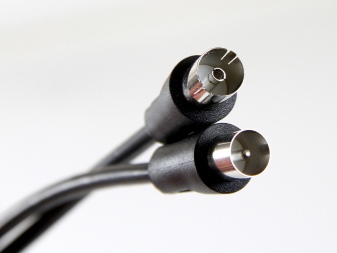

Sometimes the screen is found to have darkened and a spot of various sizes has appeared on it. If the TV was bought recently, there is a high probability of a factory defect. In other cases, it is more correct to assume mechanical destruction. Also, the danger is the penetration of water or air into the screen. Finally, spots are often triggered by heat.
Sometimes there are also such failures as:
- burnout of the matrix;
- the appearance of dead pixels;
- failure of the power supply;
- distortion of the image (due to a breakdown of the inverter).
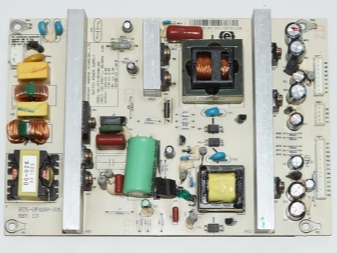
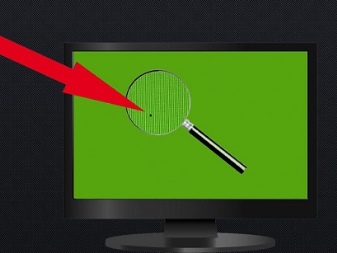
For information on how to choose the right TV in 2020, see the next video.













The comment was sent successfully.